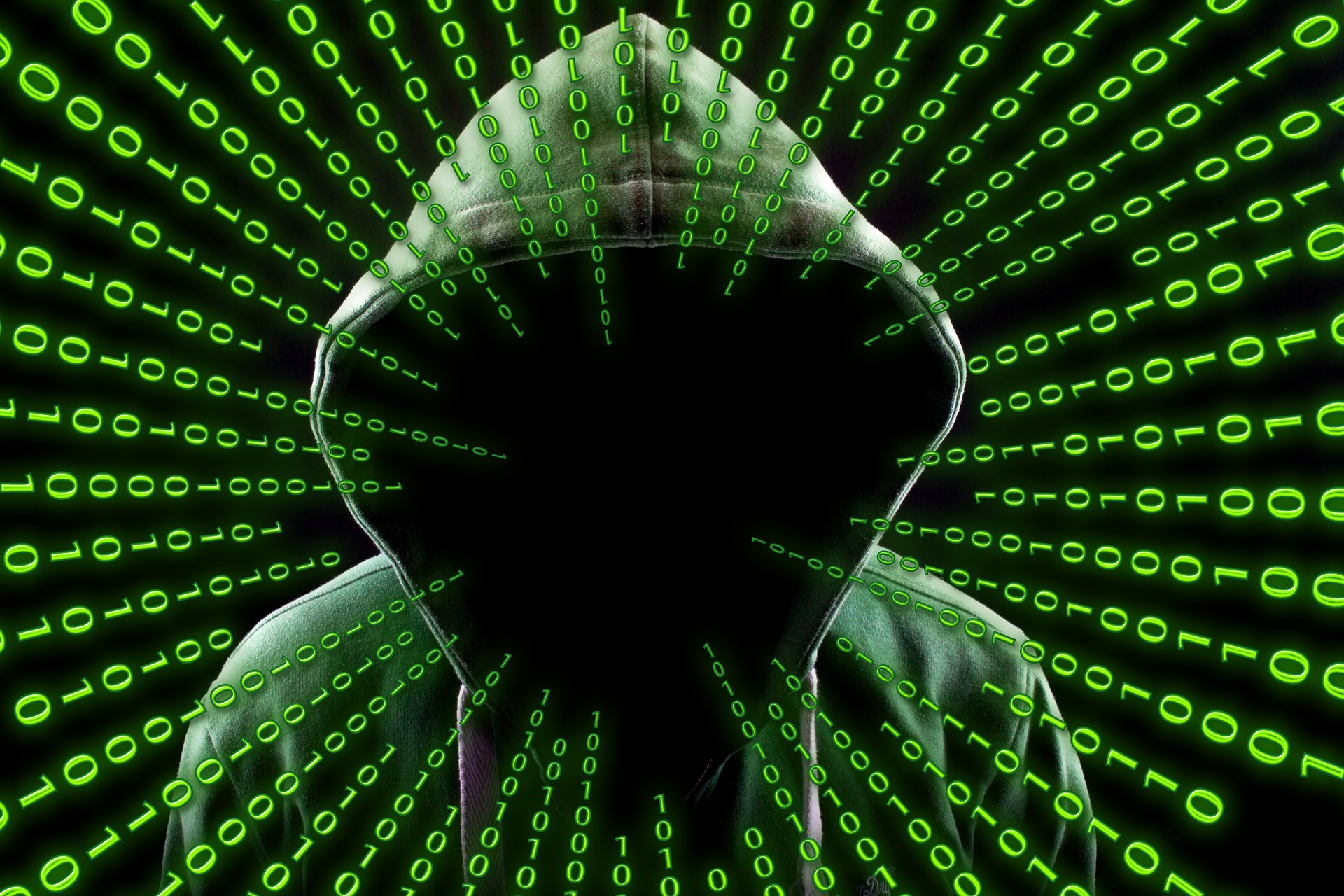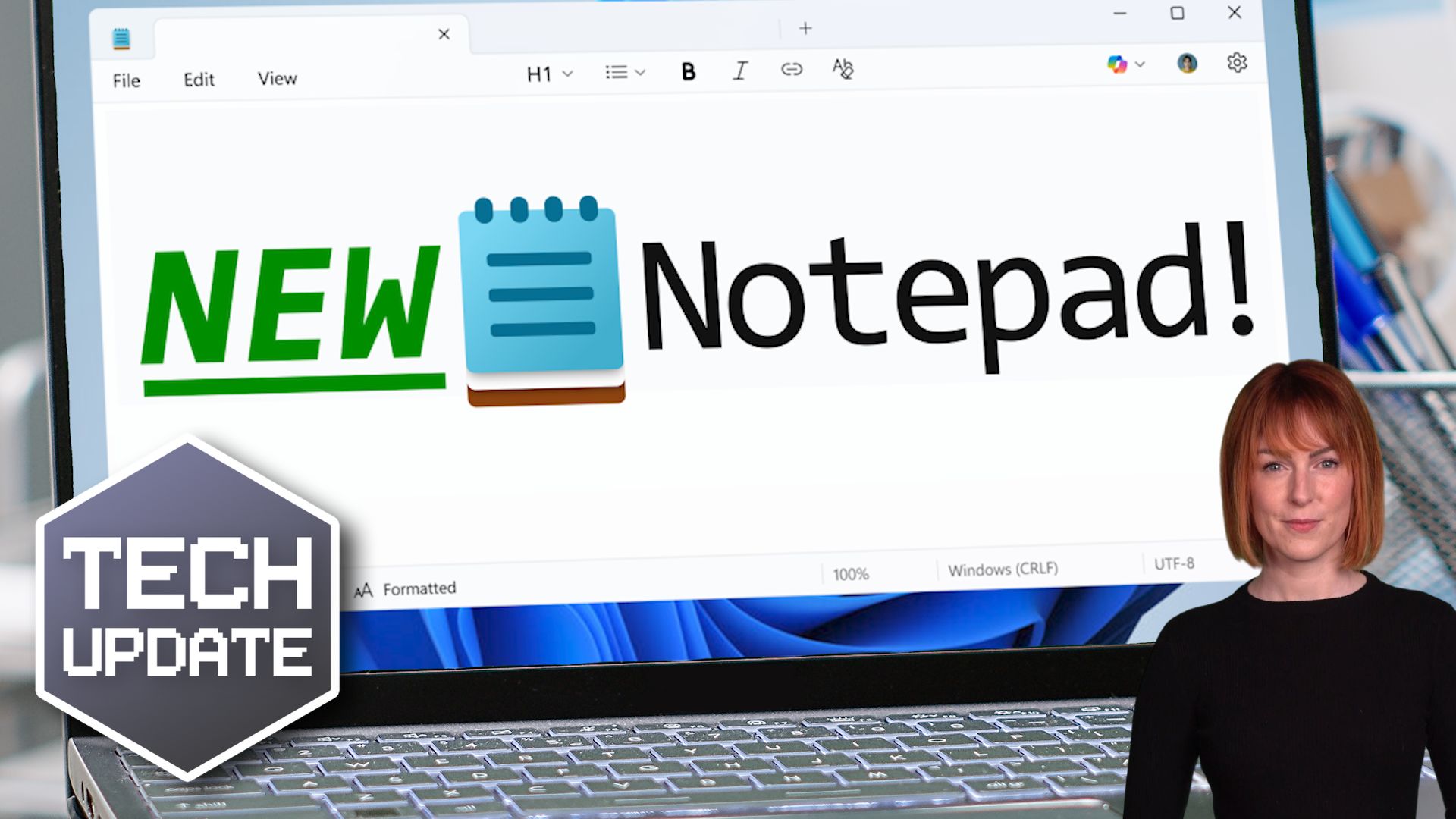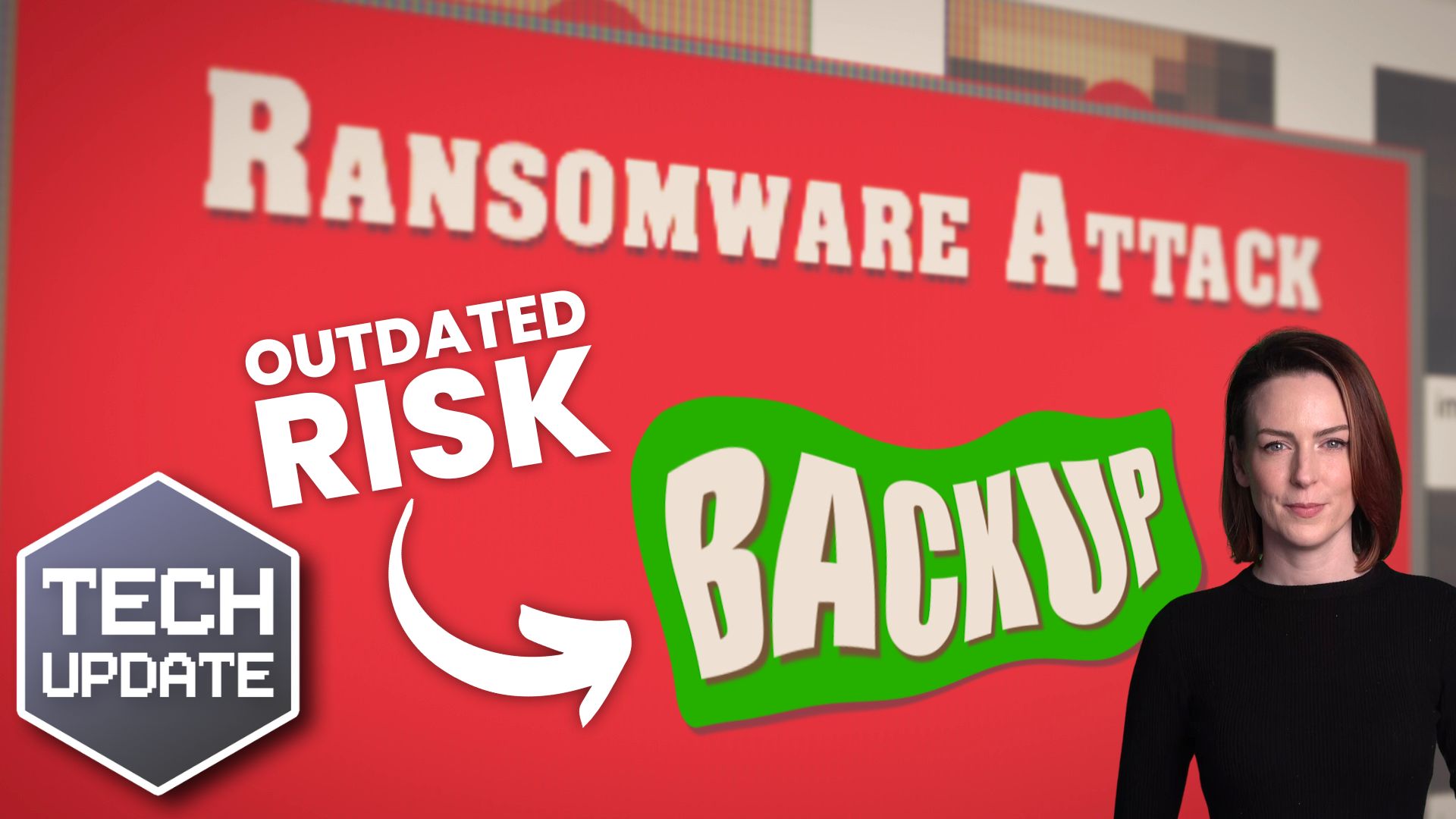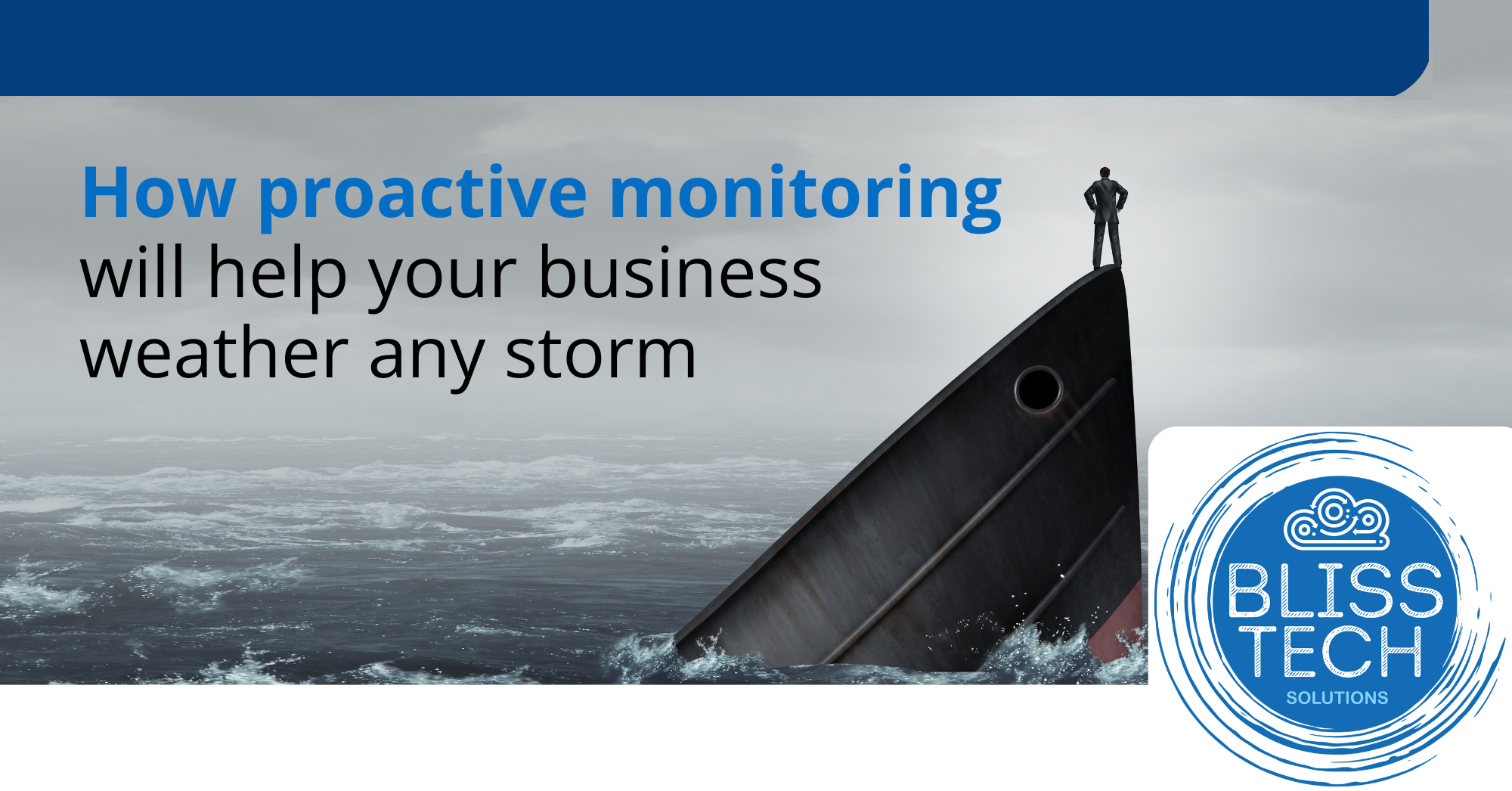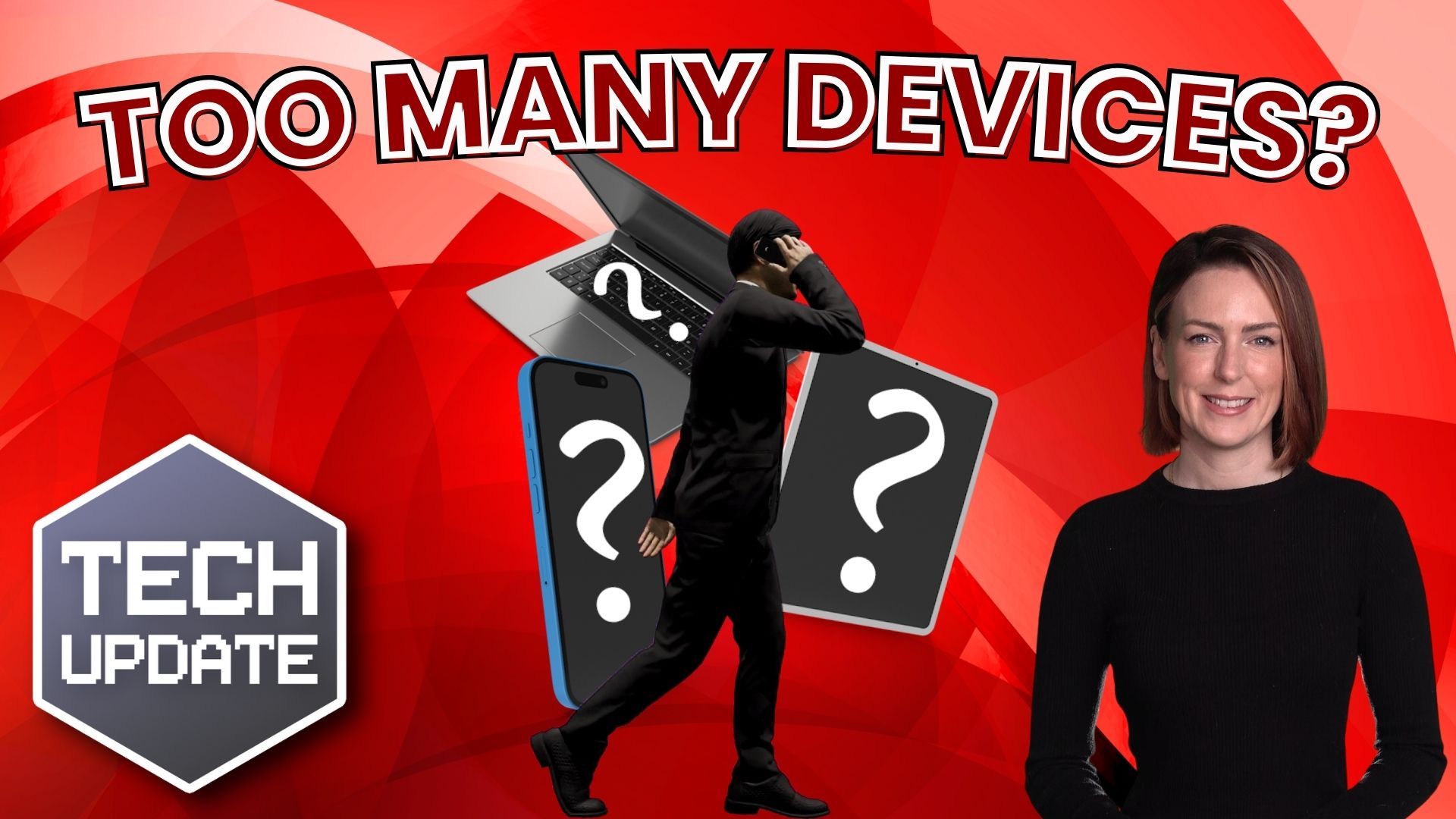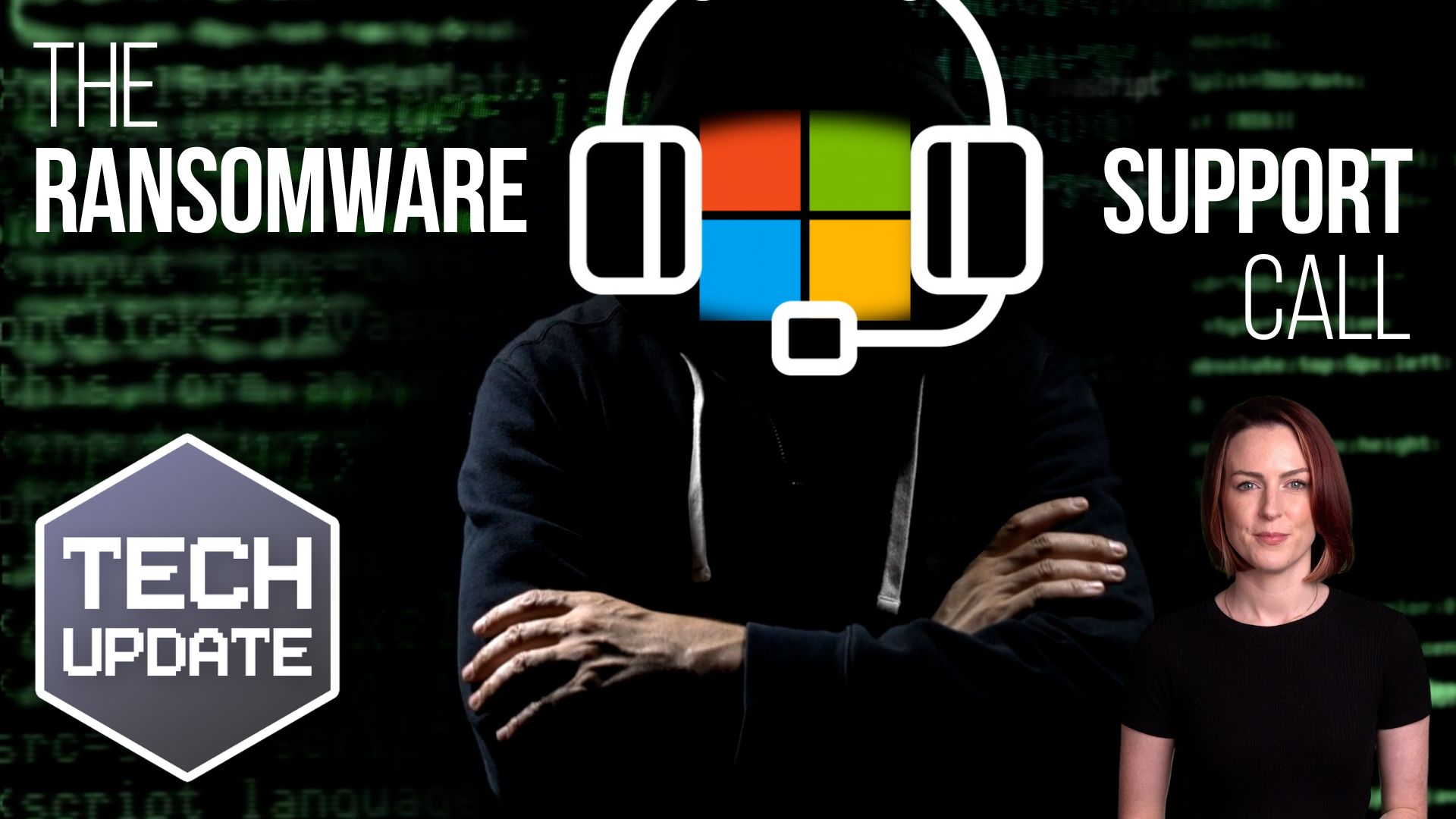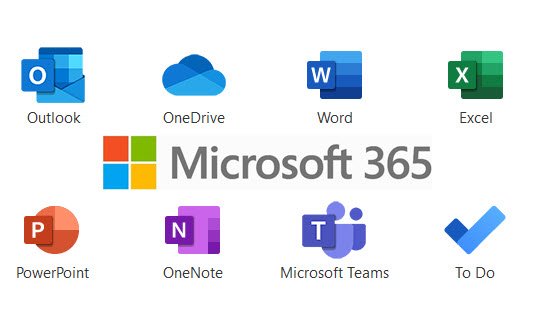Ever tried following a TV show where the villain has four different names?
Pretty confusing, right?
That’s exactly what’s happening in cybersecurity today.
The same hacking group might be called completely different things depending on who’s reporting—Microsoft, Google, CrowdStrike, or another security firm. And that’s a problem. It creates confusion and slows down how quickly experts—and the businesses they protect—can respond to cyber threats.
To tackle this, Microsoft and CrowdStrike are joining forces.
They’re introducing a unified naming system for hacking groups. Think of it as giving each cybercriminal gang one consistent label that everyone uses. It’s not just about tidying up names—it’s about speeding up threat detection, understanding attacker behaviour, and improving response times.
Take this example: a group targeting businesses like yours might be called Salt Typhoon by Microsoft, GhostEmperor by another firm, and OPERATOR PANDA by someone else. If you don’t realise they’re all the same threat, you could miss vital clues. And in cybersecurity, every second counts.
Microsoft’s new system will categorise hacking groups by type and origin using weather-themed names:
- Typhoon for Chinese state-backed groups
- Blizzard for Russian ones
- Tempest, Storm, or Tsunami for ransomware gangs and spyware developers
It’s a simple idea—but a powerful one.
And it matters more than you might think.
Clearer naming means your IT team or cybersecurity provider can spot patterns faster, act sooner, and strengthen your defences. It leads to better threat intelligence, fewer missed warnings, and quicker responses when something suspicious pops up.
Ultimately, collaboration between major players like Microsoft, CrowdStrike, and Google helps level the playing field for smaller businesses. You don’t need to be a cybersecurity expert to benefit—just knowing that everyone’s speaking the same language when a threat hits can make all the difference.
This behind-the-scenes change might not make headlines, but it could have a big impact on keeping your business safe. It’s another step towards making cybersecurity less chaotic—and far more effective.
Want help protecting your business from cyber attacks? Let’s talk.


